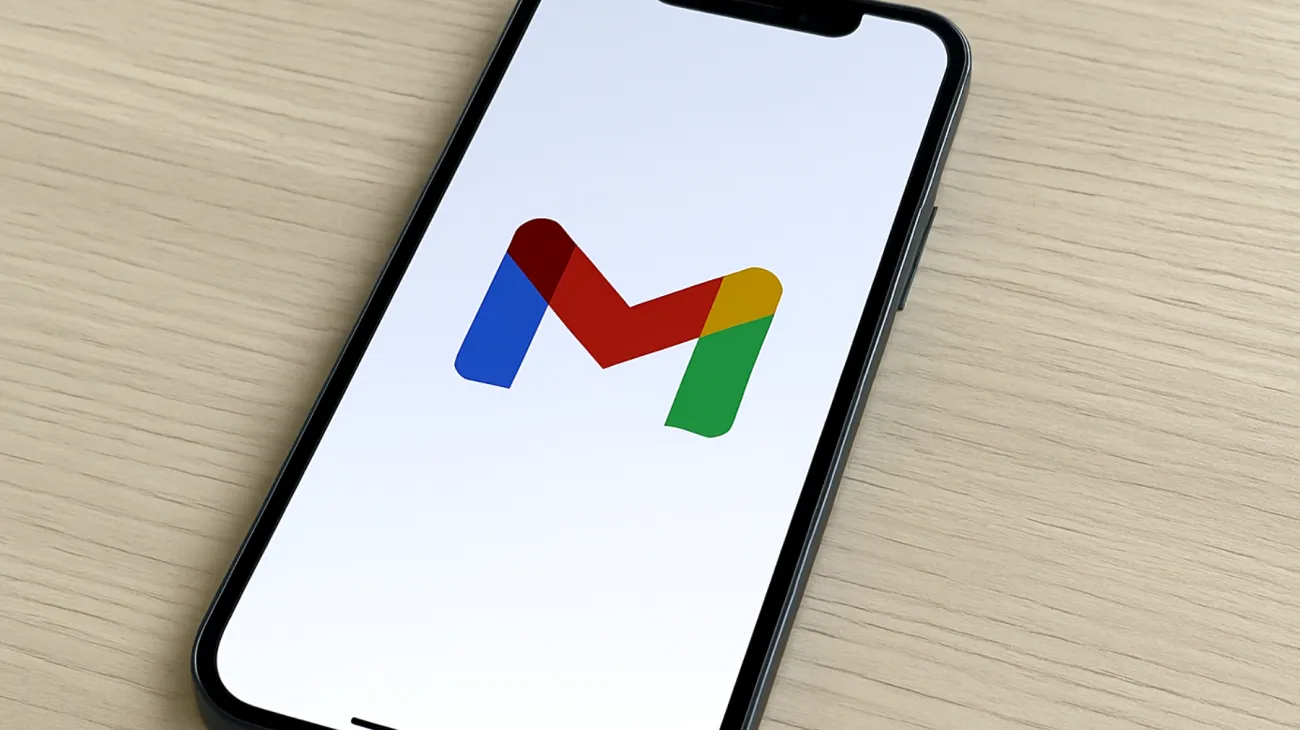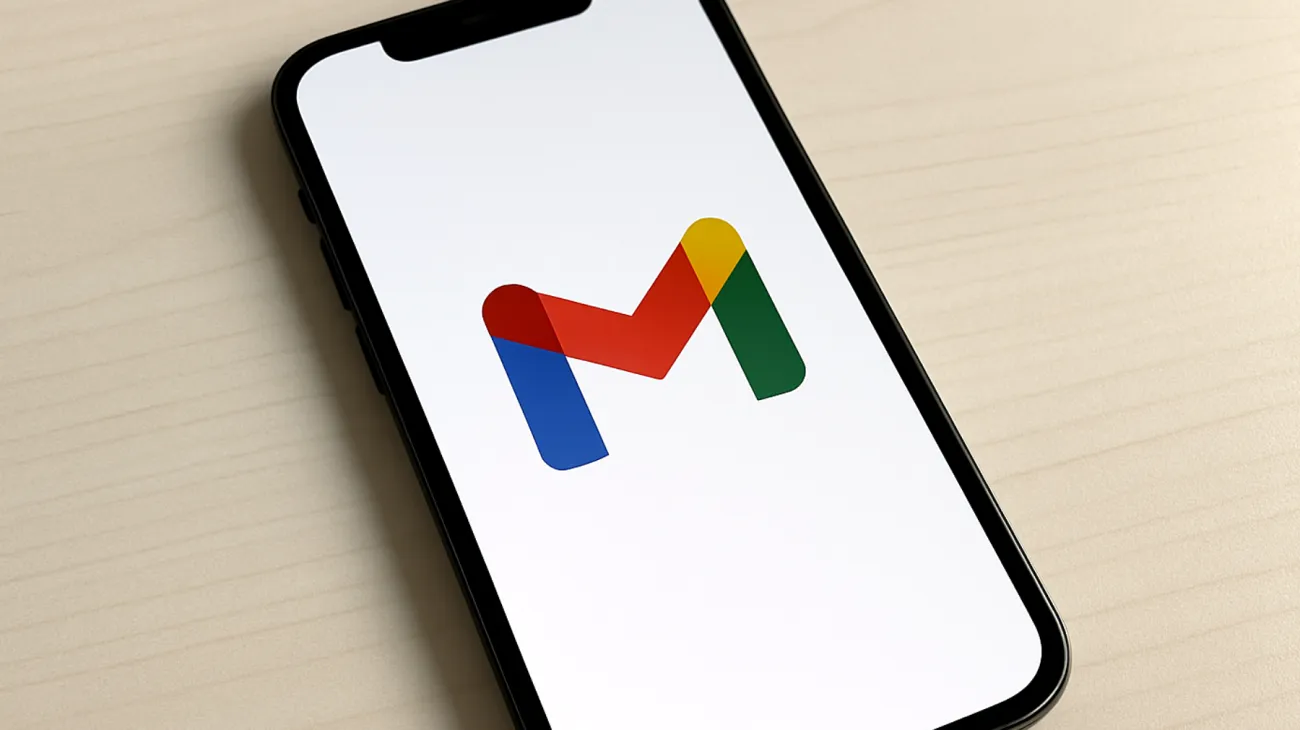Your Gmail experience shouldn’t feel like you’re navigating through digital quicksand. Yet Gmail users across the UAE and globally often report frustration with sluggish performance, missing features, or security vulnerabilities, which are frequently the result of infrequent software updates or overlooked maintenance routines. A lack of regular updates and storage management can contribute to these issues that could have been easily prevented.
Modern email management extends far beyond simply sending and receiving messages. Gmail serves as a central hub for digital communications, business operations, and document sharing. When Gmail functions suboptimally, it can impact productivity and potentially expose sensitive data to risks, as recent security enhancements and privacy controls have become routine elements of updates.
Understanding Gmail’s Update Ecosystem
Gmail operates differently depending on your access method. The web version automatically updates in sync with your browser, while the mobile app requires updates via the device’s app store. This distinction creates confusion among users who assume universal automatic updates across all platforms.
Mobile applications depend on the app store’s update system settings, while browser-based access inherits updates from browser updates, not Gmail-specific changes. This fragmented approach means you might experience different Gmail versions simultaneously across devices, leading to feature inconsistencies and potential security gaps.
Configuring Automatic Updates on Android Devices
Android users enjoy the most seamless Gmail update experience when properly configured. Navigate to the Google Play Store and access your profile icon in the top-right corner. Select “Manage apps & device” then “Manage” and locate the Gmail application in your installed apps list.
Tap the Gmail entry and select “Enable auto-update.” This ensures your device automatically downloads and installs Gmail updates without manual intervention. However, consider your data usage preferences – updates may occur over mobile data unless restricted to Wi-Fi only connections.
iOS Update Management Strategy
iPhone users must navigate Apple’s App Store update system. Access Settings then App Store and verify that “App Updates” appears enabled under automatic downloads. This global setting affects all applications, including Gmail.
For granular control, visit the App Store directly, search for Gmail, and verify no pending updates await installation. iOS users may miss out on new features if updates are not installed, as significant changes have rolled out for both Android and iOS in 2025, including unified designs and material design enhancements.
The Hidden Performance Factor: Cache Management
Gmail and its apps accumulate cached data, including message previews and temporary files, which can impact performance if not managed. This cached information multiplies exponentially with heavy usage, creating an invisible performance burden.
Users frequently misunderstand cache functionality, assuming it only improves performance. While cache does accelerate certain operations, corrupted or excessive cache data transforms from helpful tool to significant obstacle, sometimes degrading performance when it becomes overly large.
Android Cache Clearing Procedure
Android provides comprehensive cache management options through the device settings. Navigate to Settings then Apps then Gmail and select “Storage & cache.” You’ll discover two distinct options that serve different purposes for maintaining optimal performance.

- Clear cache removes temporary files without affecting your account settings or offline message access
- Clear storage performs a complete reset, requiring you to reconfigure account settings and download offline content again
Recommended practice involves clearing cache monthly and clearing storage only when experiencing persistent performance issues or authentication problems. This approach addresses app performance on Android without creating unnecessary complications.
iOS Storage Optimization
iOS handles cache management differently, providing less granular control but simpler execution. Direct cache clearance is unavailable, but similar effects are achieved by accessing Settings then General then iPhone Storage and locating Gmail in the application list.
Select “Offload App” to remove the application while preserving data, or choose “Delete App” for complete removal. Reinstalling Gmail after deletion effectively clears all cached data and provides a fresh installation, resetting cache and temporary storage.
Advanced Maintenance Strategies
Professional users benefit from implementing systematic maintenance schedules rather than reactive troubleshooting. Consider establishing monthly routines that combine update verification with cache management and storage reviews.
Monitor your Gmail storage quota regularly through Gmail or the Google One dashboard. Exceeding allocation can cause delivery failures and reduce performance long before reaching maximum capacity. Implement smart cleanup strategies by using built-in search to locate and remove emails with large attachments and unnecessary conversations consuming disproportionate space.
Browser-Specific Optimization
Web-based Gmail users must maintain their browser environment alongside Gmail itself. Clear browser cache periodically, especially if Gmail seems slow. Update browser versions regularly and disable unnecessary or conflicting extensions that might interfere with Gmail functionality.
Chrome users should access Settings then Privacy and Security then Clear browsing data, selecting cached images and files. This targeted approach can address performance issues without affecting login status while eliminating performance-hindering cached content.
Security Implications of Maintenance Neglect
Delaying updates leaves Gmail vulnerable to known threats that hackers actively exploit. Gmail regularly releases updates with new security features and patches to protect against recent vulnerabilities. Waiting to apply updates increases exposure to attacks, especially phishing and spam, which AI-driven security features in the latest Gmail versions help prevent.
Regular cache clearing may also remove temporarily stored sensitive information on the device, thus slightly reducing data exposure risk if a device is lost or stolen. However, security best practice remains ensuring regular software updates and robust authentication.
Consistent Gmail maintenance—including timely updates, cache management, and storage optimization—is essential for security and productivity, given the rapid pace of improvements and threats in 2025. Your email communication deserves the same attention you provide to other critical digital tools, ensuring reliable performance while protecting valuable information from emerging threats.
Table of Contents

